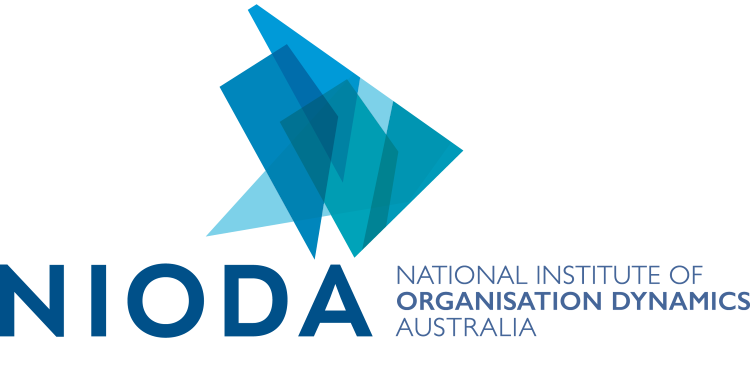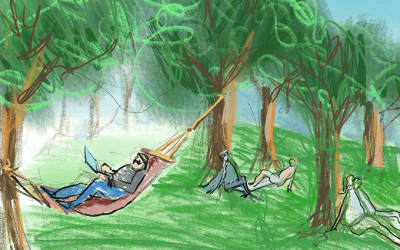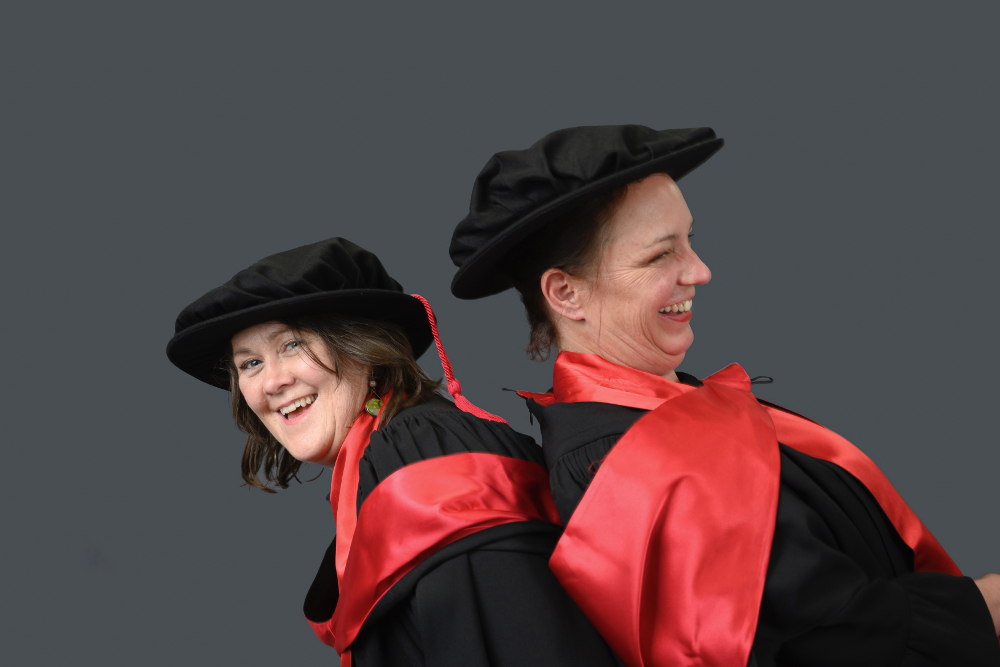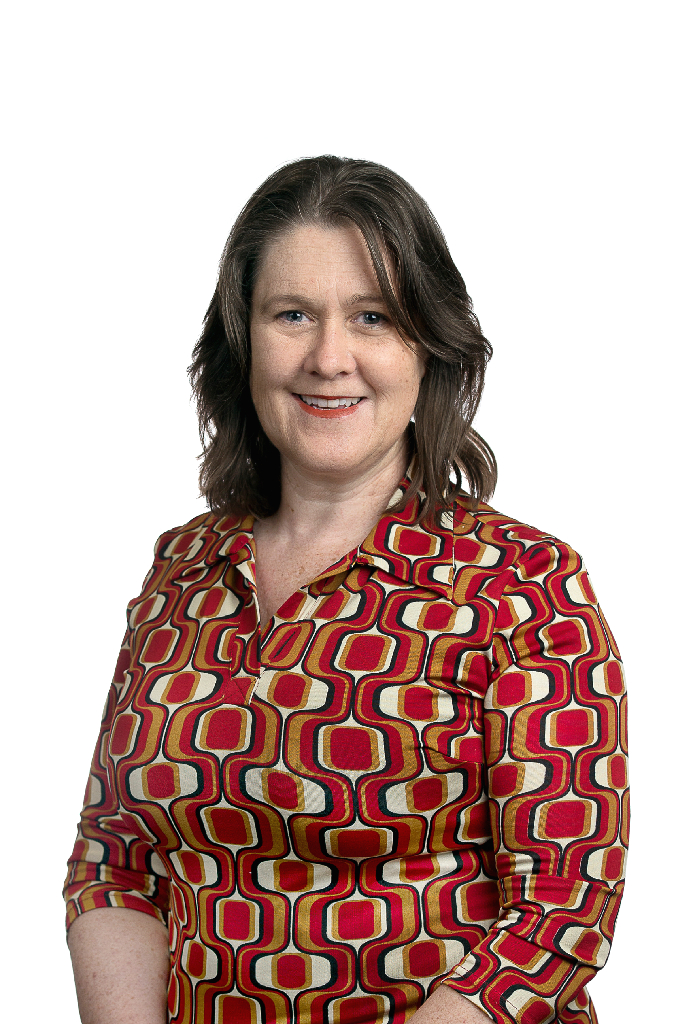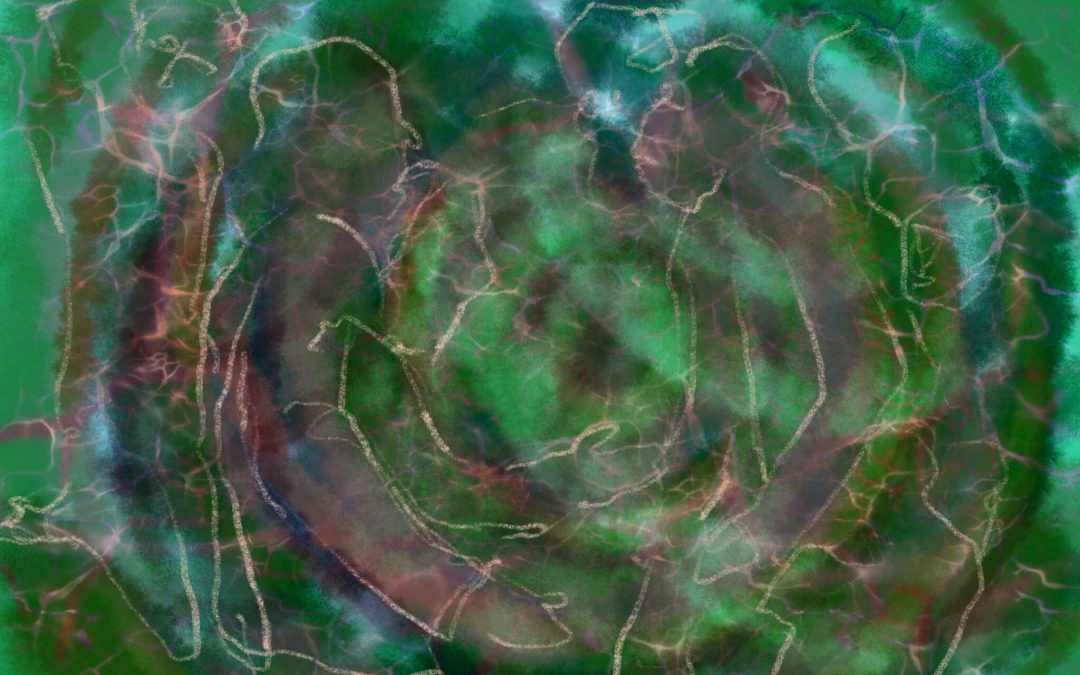You're a smart, charismatic, stylish human - so why spend the time and money doing a Masters? Stefan Bramble, NIODA AlumniYou're a smart, charismatic, stylish human - so why spend the time and money doing a Masters? Before answering that 👆important question, stylish...
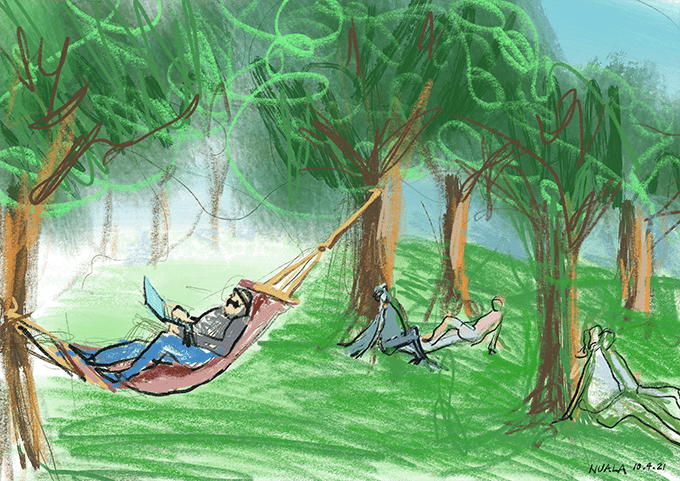
The Lime Neighbourhood
The Lime Neighbourhood
By Dr Nuala Dent, Conference Director
Complexity, Creativity and Community in a Networked World
At a recent online group relations conference, I had the opportunity to explore the concept of neighbourhoods. This blog will describe my experience and, I hope, stimulate thinking about how we create a sense of community in online places.
The institutional event of the conference had as its primary task:
“to provide a space in which members can explore ideas and feelings about belonging to their own group and to other groups present in the system and the ongoing process of establishing and developing relationships and relatedness within the system as a whole.”
I joined a group that was interested in exploring ‘identity related to place’, which aligns with my interest in place and place-based attachment. Initially, there were three of us, all female and of a similar age. In seeking to find ourselves in relation to each other, we began with a discussion about our identities related to our geographic places, USA, Switzerland and Australia. One commonality is that we were all located outside of Europe with European heritage and/or citizenship. Further, there was an interest in combining local interaction with a global mindset. We explored this further and seemed a little stuck when one person reminded of us the task, which was ‘’to provide a space to…”
This brought my PhD research into mind, and I shared my working definition of space and place, wherein space can be described as a place in potentiality, and places are created when people come together to make shared meaning. Building on this, another person brought in the concept of neighbourhood which opened up many avenues for discussion, such as neighbourhood values, and the ways in which neighbourhoods are fluid and dynamic in that people come and go, yet the neighbourhood continues on. Further, we noted that neighbourhoods don’t exist in isolation, but in relation to the neighbourhoods around them. It seemed the perfect metaphor for our online place in this event. We named ourselves the Lime Neighbourhood, after the name of the breakout room. We created a set of values that would inform our neighbourhood, agreeing that we wanted it to be: welcoming, transparent, inclusive and collaborative.
We went to visit other groups to see what they were exploring, and to get feedback on our developing neighbourhood. People offered suggestions to the word lime. For instance, In the USA, ‘liming’ can mean taking a vacation, while in India the colour ‘lime-green’ indicates hope and fertility. In our group, we explored this further and noted that while lime can be used to break down clay, the lime ponds in Tampah Bay are a symptom of ecological disaster. We pondered the many paradoxical meanings related to the word ‘lime’.
A fourth member, having experienced our welcoming attitude and learning about our values, joined the group. To further our sense of being a neighbourhood we agreed to each have the same virtual background image, one which I had drawn to try and express the idea of community. It had the effect of bringing us together, giving us a visual identity. The impact of the shared background both surprised and excited us. We suddenly saw ourselves differently, and someone offered that we all looked younger. While it evoked for me the fantasy of eternal youth, it did feel that we had stumbled across something, in that the image seemed to bind us together in a way that our discussion hadn’t, locating us firmly in the same place as part of a group. Additionally, it seemed to democratise us and supported the principles of distributed leadership that we were trying to model.
We were curious about how our neighbourhood related to other groups in the event, and what purpose it served in the system overall. We found while other groups were discussing similar issues, our sense was that they lacked the cohesiveness that we experienced. One visitor to our group described our concept of neighbourhood as youthful and idealistic; a projection of a utopian vision. In discussing these comments we realised that, in the physical world, we may never have encountered one another, as we looked for different qualities in our physical neighbourhoods, be it safety or diversity, urban or coastal locale. The virtual neighbourhood enabled us to create a sense of belonging in a community. Maybe this ‘belonging’ is what was perceived as utopian, as though it is not possible in online places.
We decided to attend the final plenary of the event with our virtual backgrounds. Once there, I suddenly realised that the colour lime/green could also represent envy. By displaying our group identity, we were, in effect, in the ‘limelight’. I was surprised, in the moment, that I hadn’t previously had this association to envy, and suggest it demonstrate the experience of inclusiveness within our Lime Neighbourhood. I drew the image shown here to convey my experience of the Lime Neighbourhood. It looks like a park, with people scattered about, reading, eating or talking. I’m in the hammock, working on my laptop. The trees are strong, and firmly grounded, and may represent the values and principles which informed the way we worked, enabling a lightness and ease in the way we worked together.
In reflecting on the experience, Lime Neighbourhood members described the experience as generative, and one that they wanted to take with them. I found it to be energising, and was excited by what we had achieved, and how I could apply this learning about creating online communities in other contexts. It is particularly relevant for the group relations conference I am directing for NIODA, ‘Complexity, Creativity and Community in a Networked World’, where I look forward to exploring these ideas further.
To learn more about the conference and apply to be a member visit here
Blogs from NIODA’s 2021 Group Relations Conference Staff
The shadow of our limiting beliefs
The shadow of our limiting beliefs Sunitha LalThe shadow of our limiting beliefsAt a Group Relations Conference two years back, the Primary Task...
COVID, Our Teacher
COVID, Our Teacher Dr James Krantz COVID, Our TeacherA recent newscast about ‘COVID’ panic brought to mind an article that impressed me as an...
What does it take to be vulnerable online?
What does it take to be vulnerable online? Thomas MitchellWhat does it take to be vulnerable online?I find myself wondering about this again and...
What is a Group Relations Conference?
Complexity, Creativity and Community in a Networked World This video has been produced for the NIODA 2021 online group relations working conference....
The Lime Neighbourhood
At a recent online group relations conference, I had the opportunity to explore the concept of neighbourhoods. This blog will describe my experience and, I hope, stimulate thinking about how we create a sense of community in online places.
Get In Touch
PO box 287, Collins Street West,
Melbourne 8007 Australia
+61 414 529 867
info@nioda.org.au
This Get In Touch form is protected by reCAPTCHA and the Google Privacy Policy and Terms of Service apply.
